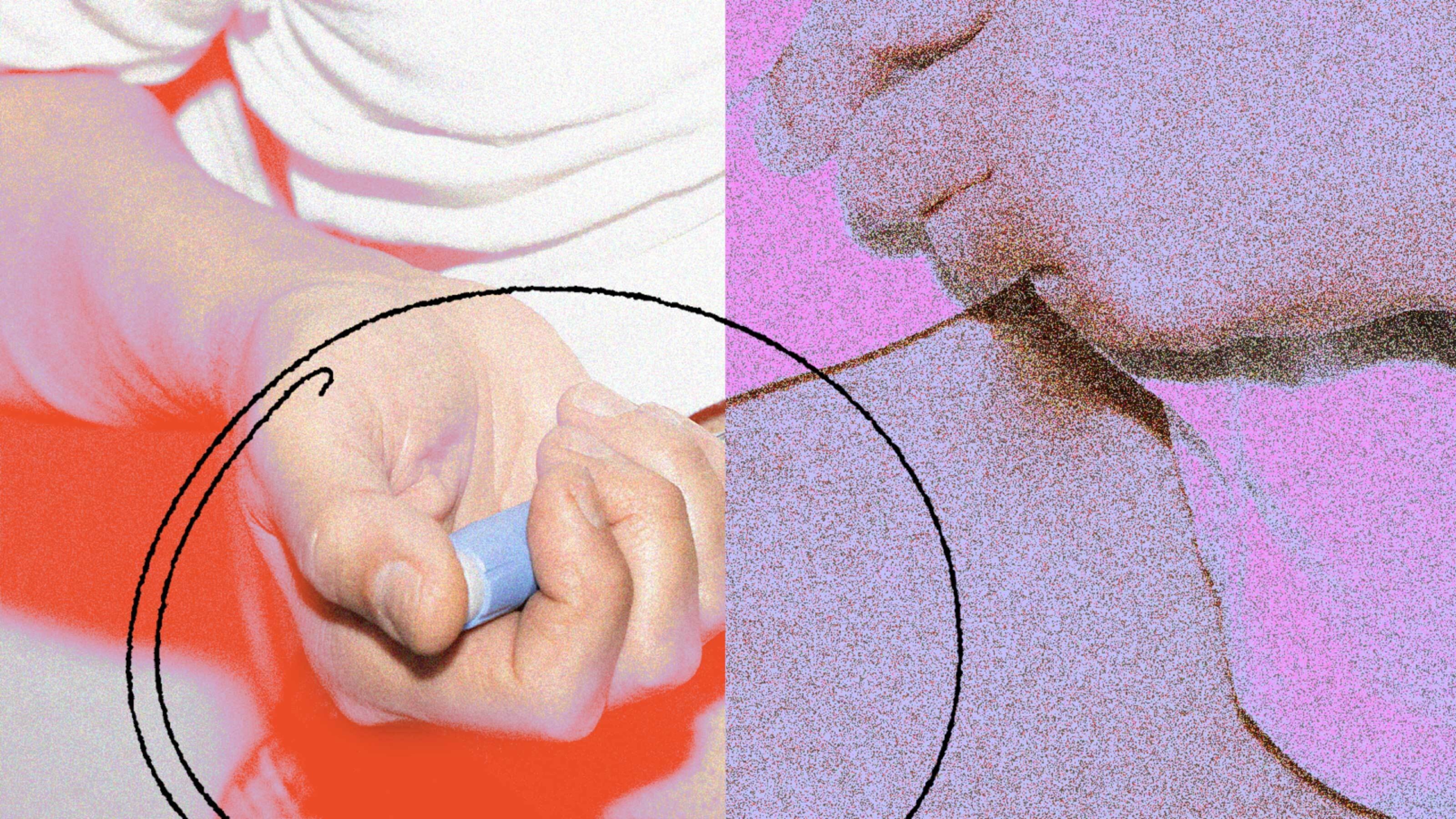How Medical Studies Can Mislead Us and How This Doctor is Making a Change

What do you need to know about a certain drug or therapy in order to decide whether you want to use it? You want to know how effective it is. It turns out, however, that the measure of effectiveness is often presented in a very misleading way that prohibits doctors and patients from taking the best decisions, and also costs our health care systems millions of dollars invested in ineffective treatments. Here’s how it happens.
Let’s say, for example, that Drug A is tested in order to determine whether it reduces the risk of death after a heart attack. In Group A, people take the drug and 8% of them die after the heart attack. In Group B, people don’t take the drug and 10% die after the heart attack. Therefore, the drug reduced death by 2% – from 10% to 8%. 2 out of 100 people are saved using the drug. 90 people survive regardless of whether they take the drug or not. 8 people die regardless of whether they take the drug or not. In other words, 98% of people are practically unaffected by the drug.
There is, however, another way to describe what happened, without technically lying. If we only focus on the 10% of people who died and make them our sample, it would mean that the 2% reduction in death is actually a 20% relative reduction in risk. So, a pharmaceutical company, for example, could easily say that Drug A provides “20% reduction in death.” This number is wildly misleading, simply because neither the patient, nor the doctor can ever know before the beginning of a treatment which group the patient would be in – the one that will be affected by the drug, the one that will survive regardless of the drug, or the one that will not survive regardless of the drug.
Enter Dr. David Newman, an Emergency Physician and Director of Clinical Research at Mt. Sinai School of Medicine, a major in the U.S. Army Reserves, a professor at Columbia University, and the author of Hippocrates’ Shadow: Secrets from the House of Medicine — What Doctors Don’t Know, Don’t Tell You, and How Truth Can Repair the Patient-Doctor Breach. Dr. Newman believes that a proper health care system would deliver three things: access, quality and efficiency. He also believes that medical information should be available to everybody in a usable and understandable way, because this is what will enable “science to talk to society”. Together with his team, he has developed a simple information tool, called the NNT, that allows doctors and researchers to communicate more clearly to patients and the general public, the effectiveness of different treatments.
NNT stands for Number-Needed-to-Treat and it shows the number of people who need to undergo a treatment, in order for one of them to experience positive results. This information can be accurately derived from the available data in studies and randomized trials. In the previous example, it would mean that 100 people need to be treated in order for two of them to experience positive results, or 50 people need to be treated in order for 1 to experience positive results. Hence, the NNT of Drug A is 50.
Here are some real numbers. The NNT for high risk patients taking aspirin for 5 years in order to reduce heart attacks is 100. 1 person out of every 100 will be saved by that aspirin. NNT for high risk patients taking statins for 5 years in order to reduce heart attack? Again 100. How about a low risk group of patients? The NNT is infinite. This means that taking statins or aspirin simply doesn’t affect the outcomes of low risk groups. And by the way, 80% of people who take statins in the US, have them prescribed due to high cholesterol, which alone does not put them in the high risk group. So, what is the most powerful coronary preventive intervention, proven by randomized trials? It’s the Mediterranean diet, with an NNT of 30. For every 30 patients that go on the diet, 1 will be saved by it.
Dr. Newman and his team have created an online database, where everyone can check the NNT of different treatments, color-coded for ease of use, where green means that there is clear evidence of patient-important benefits, while black suggest that therapies have very clear associated harms to patients without any recognizable benefit.
Making informed choices about medical treatments, could not only save our lives and improve our health, but could also dramatically reduce our medical bills.
Watch Dr. Newman’s TEDx talk for more striking numbers.
There is also a great read about him in Wired.
Photo: Shutterstock





